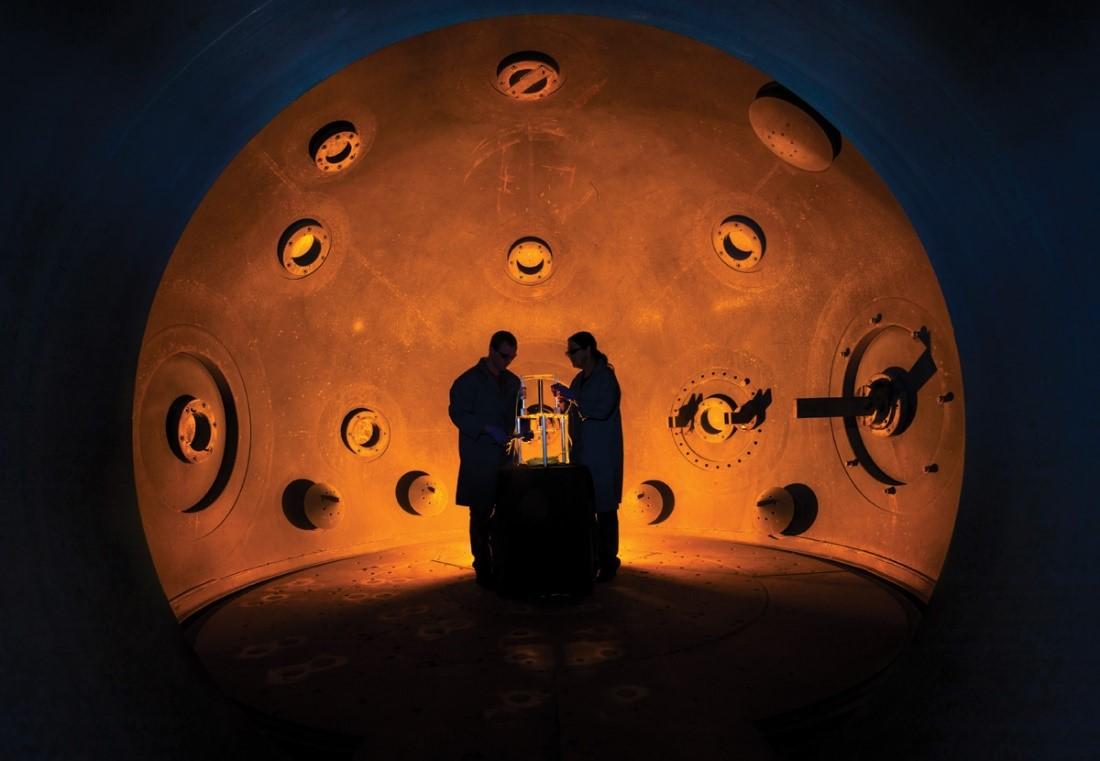High Explosives when subjected to long term mechanical loads have a propensity to deform. This can change the expected performance leading to unexpected outcomes. There are proposed DOD systems that have mechanical loads high enough to potentially affect the material structure of HE and lead to unintended outcomes. Polymer Bonded Explosives (PBX) have been around for decades. However, many of the formulations also cannot withstand large mechanical loads and have shown to fail in certain environments. LLNL researchers aim to address those limits to current performance.
LLNL has developed a method that adds a polyamine based crosslinker and an acid receptor, based on MgO nanoparticles into a polymer bonded PBX, where the polymer binder is a fluoropolymer containing vinylidene difluoride functionality. Crosslinking kinetics can then be controlled by selecting an appropriate amine structure, pressing temperature and optionally the addition of a chemical inhibitor. The resultant PBX has a polymer binder phase with sufficient crosslink density to inhibit long term viscous deformation processes under applied loads.
LLNL’s High Explosive Binders has numerous advantages over traditional PBX Binders, such as:
- Stability of High Explosives under extreme stress
- Enhanced Missile Safety and Performance
High TRL level reached in technology development
LLNL has filed for patent protection on this invention.


